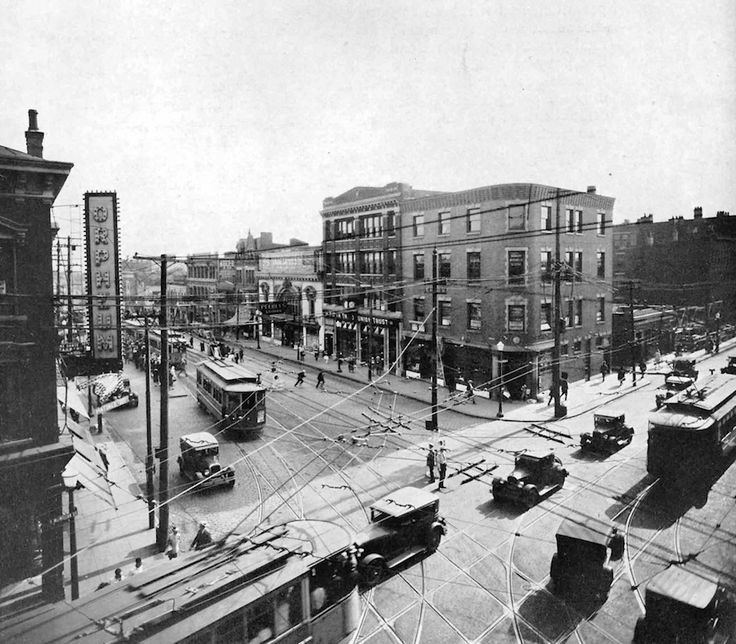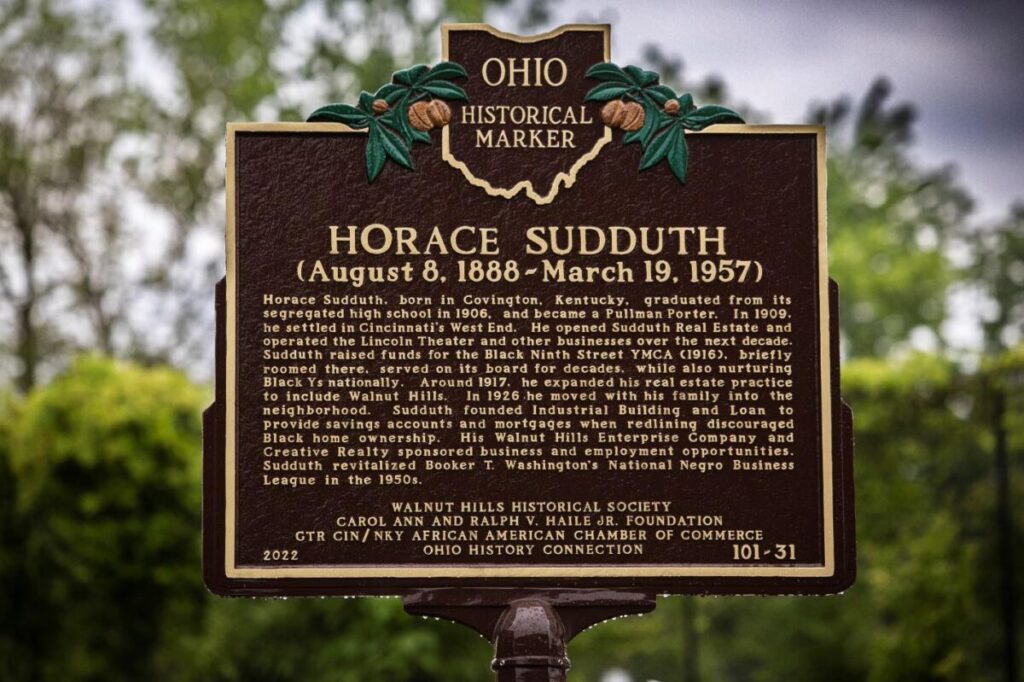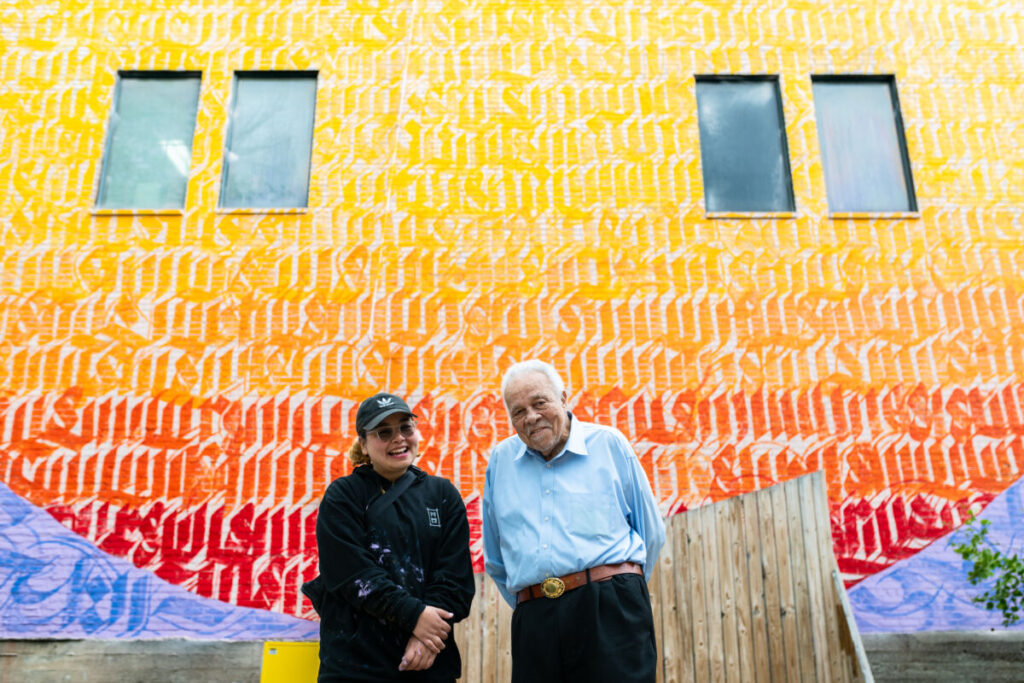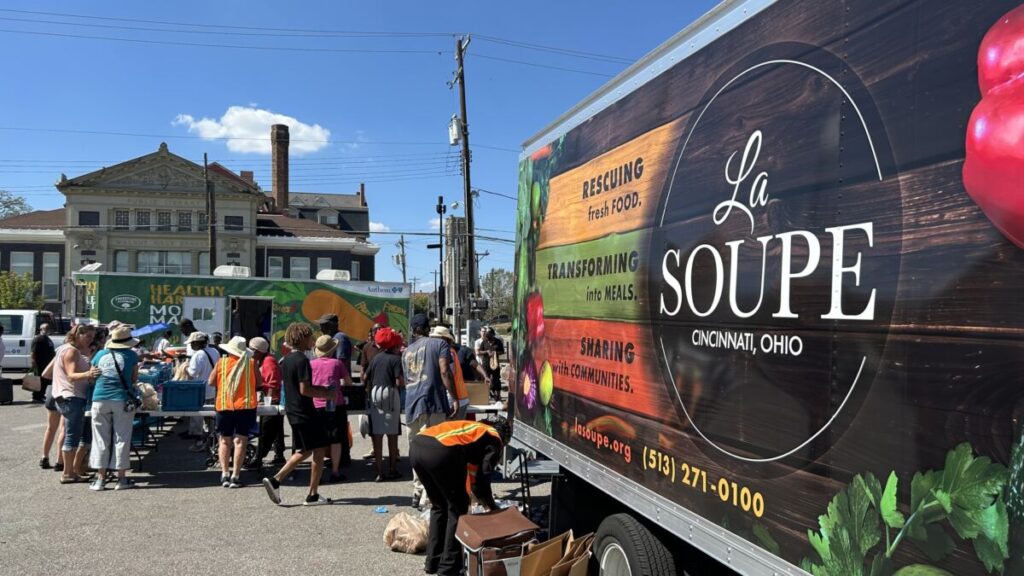About
Meet Walnut Hills, a Cincinnati Neighborhood

Cincinnati’s “second downtown”
Founded in 1804 by Reverend James Kemper, Walnut Hills is one of the city’s oldest neighborhoods. The Kemper Homestead, once located between Park Avenue and Kemper Lane, is recognized as Cincinnati’s oldest house.
Throughout the 19th century, Walnut Hills grew with the arrival of wealthy landowners, skilled workers, and immigrant communities. The area became a hub for education, commerce, and culture—with the historic Peebles Corner flourishing as a “second downtown” and bustling business district.

rooted in history
We’re proud of our deep roots in the fight for freedom: the neighborhood was an active part of the Underground Railroad, with figures like Harriet Beecher Stowe and the abolitionist Lane Seminary shaping its legacy of justice and equity.
Walnut Hills also holds an important place in Cincinnati’s Black history—home to generations of Black-owned businesses, churches, civic leaders, and artists who helped shape the cultural and economic fabric of the neighborhood.

A Vision for the Future
In recent decades, Walnut Hills neighbors, stakeholders, and the redevelopment foundation have worked together to guide smart growth. The 45206 Alliance laid a foundation for community-driven planning, and in 2013, Walnut Hills adopted Form-Based Code—a progressive zoning approach that allows for mixed-use development while preserving our historic character. Today, we continue to work together as a community to continue our legacy of welcomeness and vibrancy. Let’s grow together.
Neighborhood features



Heritage & History
Walnut Hills has a rich history.
- The Harriet Beecher Stowe House – A State of Ohio historic site that celebrates the legacy of the author and her contributions to abolitionist movements.
- Home to several historic markers including the honoring woman’s suffrage and black leadership and famous Cincinnatians including….
- The Walnut Hills Library – Cincinnati’s first Carnegie library branch, serving the community since 1906.
- Peebles Corner Historic District – Once dubbed “the second downtown,” this intersection remains a key gateway to Walnut Hills and its neighboring communities.
- Architectural Richness – From Italianate and Art Deco to French Renaissance and Rookwood accents, our neighborhood’s buildings tell stories of past and present.
To learn more about our rich history, visit the Walnut Hills Historical Society (link: https://walnuthillsstories.org/).
Arts & Culture
Walnut Hills is alive with creative energy. Home to hundreds of artists, designers, and musicians and an inviting entertainment district.
Civic and cultural pride also shines through local efforts to support public art, community programming, food experiences and access, wellness, and inclusive gathering spaces.
Who all are we listing?
ArtWorks
Essex Studios
Cincinnati Art Museum
Parks, Gardens, & Gathering Spaces
Walnut Hills is home to the city’s cherished parks
- Over 30 places of worship serve residents of many faiths, reflecting the neighborhood’s rich religious and cultural diversity.
- Eden Park – Featuring Mirror Lake, Seasongood Pavilion, the Cincinnati Art Museum, and the Krohn Conservatory in addition to (XX parks)
- Bush Recreation Center & Melrose Impact Center – Offering programs and play for all ages.
- Five Points Alley – The community’s creative courtyard
- Green Man Park – A green respite in the business district
